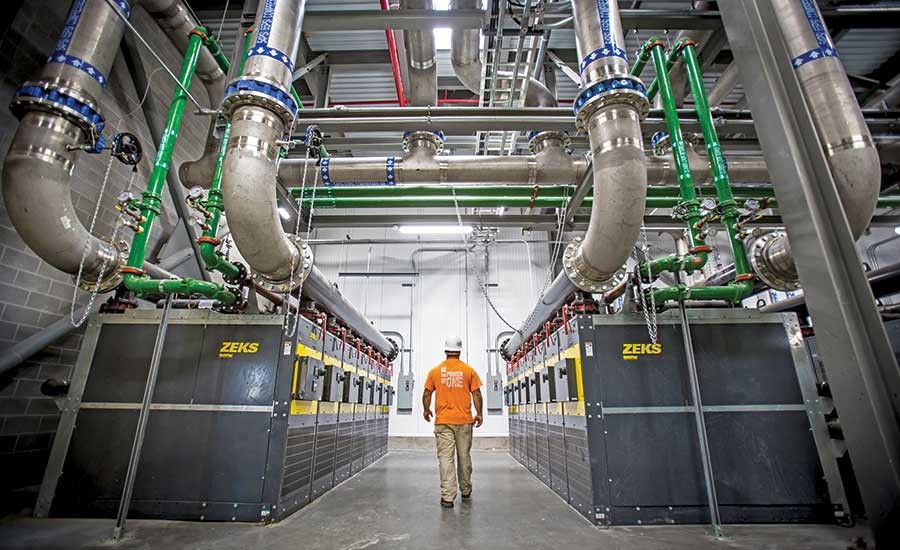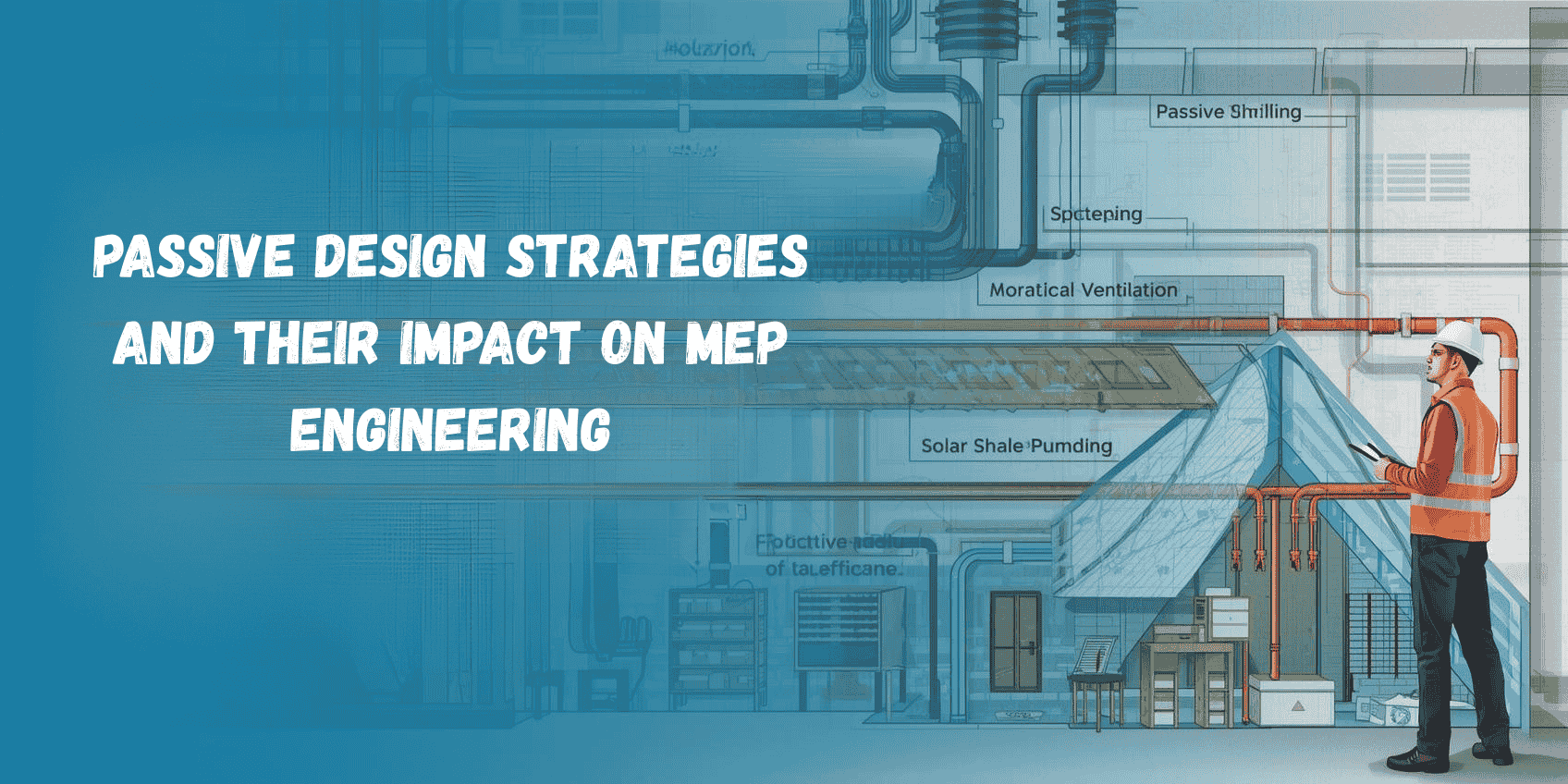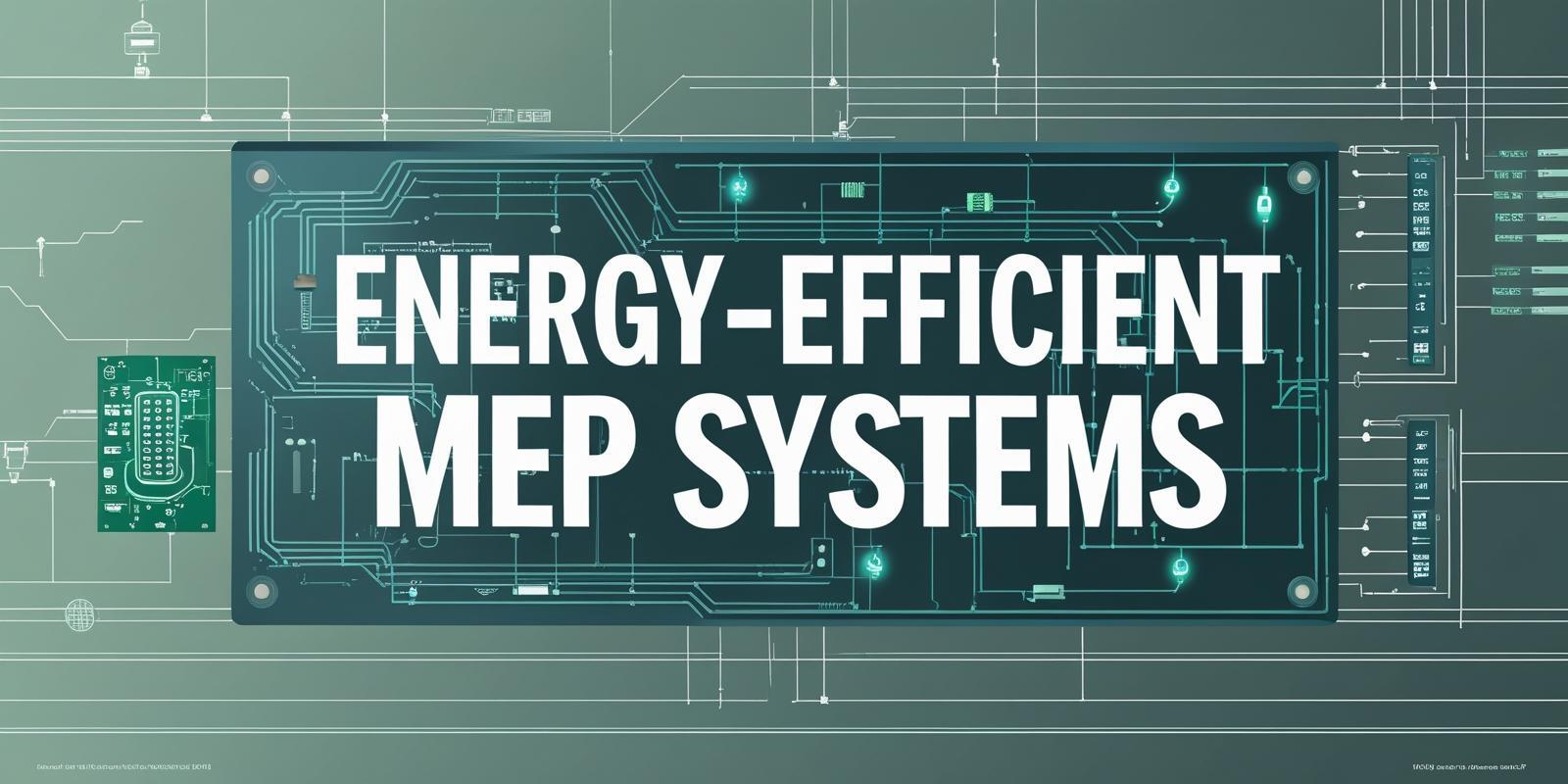
Energy auditing has become a key process in optimizing building operations, guiding MEP engineers in evaluating energy flow and system performance. Through data-driven assessment and precise measurement, engineers can detect waste, improve efficiency, and plan cost-effective upgrades. In the USA, an MEP Engineer Salary averages about $8,479 per month, reflecting the skill required for such technical evaluations involving energy management systems.
Comprehensive auditing covers multiple domains, from thermal performance to electrical load studies, enabling professionals to enhance overall system integration. By applying modern software and diagnostic methods, engineers conduct detailed HVAC energy analysis to balance comfort, efficiency, and cost. These insights drive smarter maintenance strategies and ensure continuous improvement in building energy performance.a
What Is Energy Auditing and Why Is It Important for MEP Engineers?
Energy auditing is a systematic process that evaluates how efficiently energy is used within a building’s systems and infrastructure. It identifies patterns of consumption, losses, and improvement areas across HVAC, plumbing, and electrical components. By incorporating electrical load auditing, engineers gain precise insight into system performance, helping design solutions that optimize energy use and reduce waste.
Energy auditing is essential for MEP engineers because it strengthens design accuracy and operational reliability. Below are key reasons that highlight its importance in modern engineering practice:
-
Supports best practices for building energy auditing by aligning evaluation methods with sustainability objectives and meeting global efficiency standards.
-
Improves system efficiency through detailed monitoring and analysis, helping pinpoint performance gaps and apply targeted corrective measures.
-
Reduces operational and maintenance costs by detecting energy losses early and optimizing equipment operation for long-term stability.
-
Enhances occupant comfort and safety by maintaining balanced thermal conditions, effective lighting, and adequate indoor air quality.
-
Contributes to environmental and financial sustainability by lowering carbon output and maximizing the life-cycle performance of building systems.
Which Tools and Techniques Are Commonly Used in Energy Audits for HVAC, Plumbing, and Electrical Systems?

Energy audits use systematic and analytical methods to evaluate how building systems perform under different operating conditions. By applying energy auditing techniques for MEP engineers, professionals assess efficiency, identify energy losses, and study usage trends across multiple systems. These evaluations integrate field measurements with data analysis, ensuring HVAC, plumbing, and electrical operations remain efficient and well-balanced.
Below are essential tools and techniques applied across building energy audits:
-
Data Logging and Monitoring: Collects time-based energy data to track consumption patterns and identify abnormal performance in mechanical and electrical systems.
-
Thermal Imaging Analysis: Detects insulation failures, air leaks, and temperature inconsistencies that affect heating and cooling efficiency.
-
Flow and Pressure Measurement: Assesses fluid distribution and system balance to detect leaks, restrictions, or inefficient plumbing operations.
-
Power Quality Assessment: Evaluates voltage fluctuations, harmonic distortion, and load imbalance to maintain reliable electrical operation.
-
Simulation and Modeling Tools: Creates digital system models to simulate energy behavior and predict potential optimization outcomes.
-
Benchmarking and Reporting Software: Uses tools for MEP energy assessment to compare energy data with standards and recommend targeted improvements.
Also Read: Top 50 MEP Interview Questions & Answers 2025
How Do Energy Audits Help Identify Inefficiencies and Reduce Operational Costs?
Energy audits provide a structured approach to understanding how building systems consume resources and where losses occur. When combined with green building energy strategies, these assessments support cost-effective solutions that improve reliability, reduce energy waste, and enhance long-term operational value.
The following points explain how energy audits effectively identify inefficiencies and lower operational costs:
-
Comprehensive Data Analysis: Examines equipment performance trends to detect abnormal patterns and highlight potential areas of excess energy use.
-
System Benchmarking: Compares actual energy consumption against reference standards to determine underperforming systems needing corrective action.
-
Operational Load Review: Evaluates system capacity, run-time schedules, and occupancy patterns to optimize energy use without affecting functionality.
-
Integrated Control Evaluation: Reviews automation and control systems through energy performance monitoring in buildings to enhance real-time efficiency management.
-
Lifecycle Cost Assessment: Analyzes the long-term financial impact of inefficient systems and recommends upgrades with measurable payback benefits.
What Role Does BIM Play in Energy Auditing and System Optimization?
Building Information Modeling (BIM) enhances energy auditing by providing an integrated digital environment that visualizes system interactions in real time. It allows engineers to simulate performance, detect inefficiencies, and plan improvements with higher accuracy. When paired with MEP software, BIM supports coordinated design analysis, ensuring that all building systems operate efficiently and align with sustainability goals.
The following points outline how BIM contributes to effective energy auditing and system optimization:
-
Centralized Data Integration: Combines architectural, mechanical, and electrical details into one platform for accurate system assessment and coordination.
-
Performance Simulation: Enables predictive modeling to test energy behavior under different operational scenarios and environmental conditions.
-
Clash Detection and Resolution: Identifies design conflicts that could cause inefficiencies, allowing corrections before implementation.
-
Efficiency Mapping: Uses BIM for MEP engineers to visualize energy flow, identify high-consumption zones, and guide optimization strategies.
-
Maintenance Planning: Provides detailed component data for efficient maintenance scheduling and lifecycle management.
Also Read: How Project-Based Learning Helps You Build a Strong Portfolio for MEP Engineers
How Can MEP Engineers Implement Audit Findings to Improve Building Performance?

Implementing audit findings requires a structured approach where engineers prioritize inefficiencies and translate insights into actionable strategies. By analyzing system data and operational patterns, they can optimize performance, reduce energy waste, and enhance overall reliability. Incorporating MEP energy efficiency principles ensures that modifications align with both cost and sustainability objectives, improving long-term building operations.
Key approaches MEP engineers use to turn audit insights into measurable performance improvements include:
-
Engineers can replace or retrofit underperforming equipment identified in audits to enhance system efficiency and operational reliability.
-
Adjusting schedules, setpoints, and system controls based on audit data helps reduce unnecessary energy consumption without affecting comfort.
-
Maintenance routines informed by audit results prevent equipment breakdowns and maintain consistent performance across all systems.
-
Deploying sensors and energy monitoring tools ensures continuous assessment and validation of audit recommendations.
-
Audit findings can guide sustainable construction choices, integrating materials and systems that reduce environmental impact through MEP engineering practices.
-
Engineers can systematically address leaks, inefficiencies, and operational gaps by applying insights on how to identify energy losses in building systems.
Conclusion
Energy auditing provides a structured and data-driven approach to understanding building performance, helping identify inefficiencies and opportunities for improvement. By integrating modern assessment methods and continuous monitoring, engineers can optimize operations, reduce energy waste, and enhance system reliability. Utilizing software tools for energy auditing ensures precise analysis and informed decision-making for long-term efficiency gains.
Implementing audit findings also supports sustainable design and operational strategies. Courses like the BIM Course for MEP Engineers offered by Novatr can deepen understanding of system modeling and performance evaluation. For more resources and guidance, visit our resource page to explore practical insights and the impact of energy audits on sustainable construction. These strategies collectively improve building performance and energy management practices.
FAQs
1. Why is energy auditing important for buildings and facilities?
Ans: Energy auditing identifies inefficiencies, reduces energy waste, and improves operational performance, helping buildings lower costs and maintain optimal system function.
2. What are the key steps involved in an energy audit for MEP systems?
Ans: Key steps include data collection, system inspection, performance analysis, identifying inefficiencies, and recommending improvements for HVAC, plumbing, and electrical systems.
3. How can electrical systems be evaluated during an energy audit?
Ans: Electrical systems are evaluated through load analysis, power quality assessment, circuit inspections, energy monitoring, and comparing actual consumption with benchmarks.
Was this content helpful to you



.jpg)



